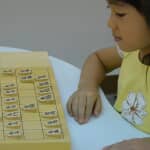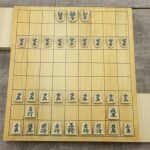8 April 2019
Shogi Will Cultivate Children’s Patience
You might often hear children’s saying, “Mom, I can’t wait any more.” or “I’m waiting…”, etc.
Inquisitive children tend to find it difficult to wait for something. Moms, actually, may wish they could take care of children, but they are just busy to cope with overloaded schedules and endless to-do lists. Supposedly, most moms think in their heads, “Wait a moment! I can’t handle things at once.”
As a mother of three children, I’m always thinking what I should do to get my children be patient.
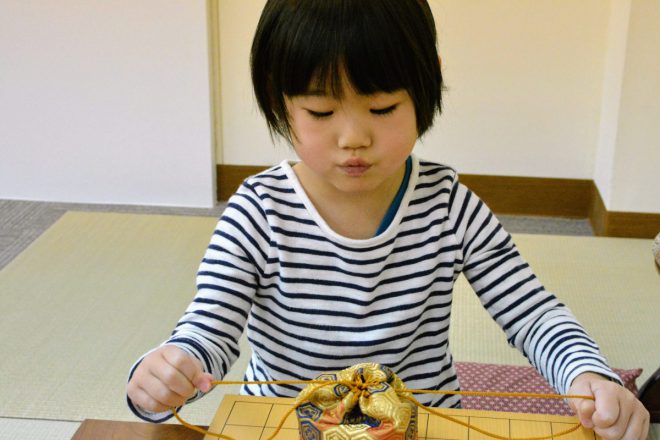
Children Don’t Like to Wait for Something
I regard Shogi as a good material to create children’s patience.
In Shogi, you are required to have patience. If you don’t have it, you may overlook a good idea to make a good move.
There Is Rarely a Game Which Requires Patience More Than Shogi
In Shogi, you will be in a lot of situations in which you have to wait.
For example, during a game, even though a good idea comes up to mind, you have to wait your turn until your opponent finish moving a piece. If children have an opponent who takes a long time to make a move, it’s going to be hard for them to wait. (It often happens during a professional Shogi game that a player takes about one hour to make one move.)
This problem also occurs during a game lesson, which one teacher plays games with multiple students at the same time. Even if a student moves a piece, he/she has to wait for the teacher to come back to play with him/her.
There are other examples. If you are not playing the game, you are not allowed to give advice to players who are playing the game.
Besides, you have to wait for someone who will be your opponent to finish his/her ongoing game.
You will probably encounter other situations where Shogi requires you to wait.
Keep Children from Getting Bored
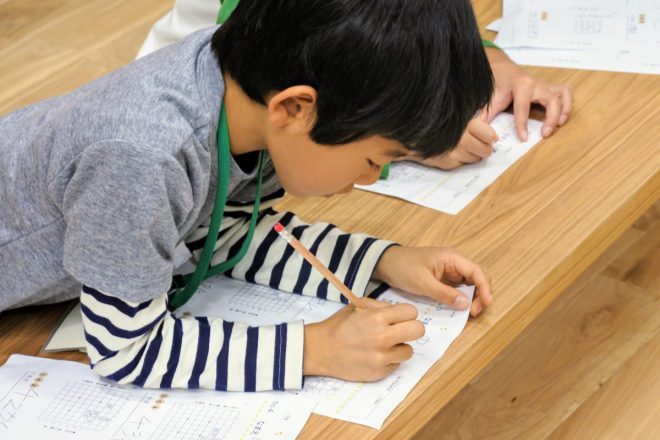
Keep Children from Getting Board
As you know, children who lost patience are most likely to become noisy. Children are full of energy but they shouldn’t use their whole energy to be loud. They have to learn to behave well in a social place such as a class or a Dojo.
In fact, I have dealt with students’ patience during my classes. Some students often rush me to finish a game I play with a different student and ask me to play with them. The others, who play with another student, can’t wait for their opponent to make the next move, and move their piece before the opponent finish to move. This sometimes causes a fight.
I tried to figure out the solutions to this kind of problems. One of the solutions which came up to mind is not to make children get bored. Children often get bored when they don’t know or don’t have what to do. The below is some of what I am using as solutions.
First, I set a rule, named “Put your hands on your laps till your turn.” With this rule, children became to give their attention to putting their hands on their laps. The next one is the use of handouts that ask children to solve a Mate problem. I give handouts as children’s tasks, when they have to wait for somebody to play a game with them.
Time for Waiting Is Time for Thinking
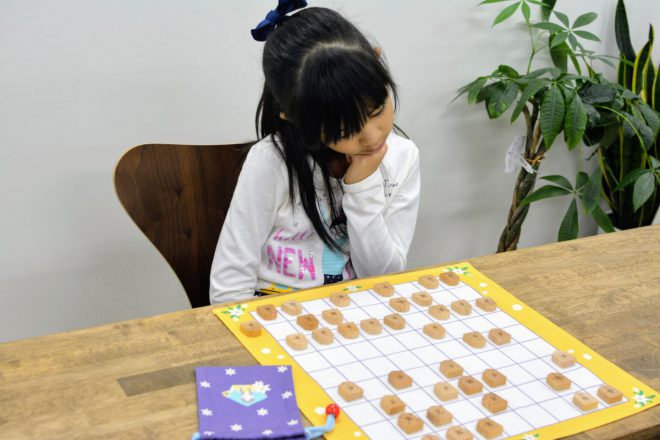
Let’s Use Time to Wait as Time to Think.
It’s a good idea for Shogi instructors to provide the situations that can keep children’s interests. But, at the same time, it’s important to teach children the importance of patience. Why I say so, because a patient player will get a chance to become a strong player. If you are not patient enough to wait for your opponent’s move, your irritation may lead you to an unfavorable situation.
I will tell you the story happened in a game lesson in which I play games with several children at once. I have a student who used to report every time when he moved a piece. I assumed he meant two things with a report, “I’m don!”, and “Teacher, It’s your turn, hurry up!” Receiving his report, I taught him to wait, “when you play a Shogi game, it’s going to be important to wait for things.” He showed his understanding on his face. Then, I told him to make a good use of waiting time to evaluate the move he had made and to think what his opponent would do next.
I do hope children come to regard an opponent’s thinking time as their own time. While an opponent is thinking the next move, you can use that period of time to read his/her intentions. It’s worthwhile to do, even if you can’t read them correctly.
Yet, Shogi beginner children don’t have enough knowledge to calculate an opponent’s move. It’s quite natural for them, at the beginning, to get bored after they made a move. As they get skills, they come to think many things during their waiting time. Once children can realize that waiting time is not only for their opponent but for themselves, they can hone their real abilities.
I always tell my students that your opponent’s time is your time.
Adults Also Need to Wait
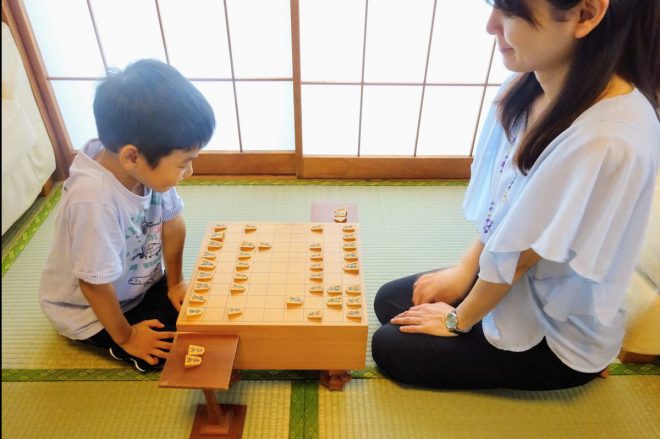
Adult Are Also Supposed to Wait
Your efforts that I mentioned above won’t pay off immediately, but later. Children need time to get used to being patient. Adult are also supposed to wait for children to become capable of waiting.
When you teach Shogi to children, there are many things that don’t work out as your expect. You might give advice to children such as “you don’t need to worry the result of a game”, or “you have to be careful about your behaviour during a game”. When you give advice, you need to tell those things to children again and again patiently, believing in children’s abilities. Some time, you will notice children absorb your words. When I notice that, I feel like my all efforts are paid off and feel really happy.
I realize the importance of an ability to wait.
i-tsu-tsu Shogi class offers you great opportunities to learn basic Shogi manners, including waiting.
You may develop a lot of abilities besides the ability of waiting through the experiences in learning Shogi.
Let’s start to learn Shogi to become patient! Please check our online shop, where you find large selection of Shogi materials for Shogi beginners.

